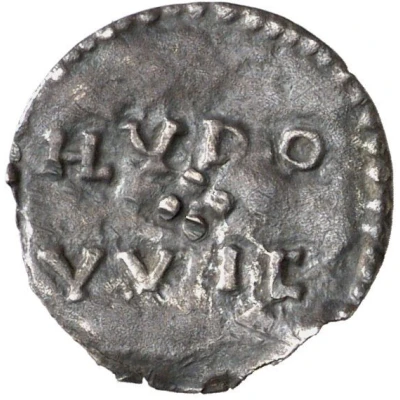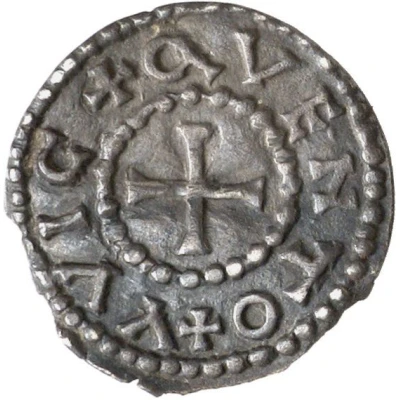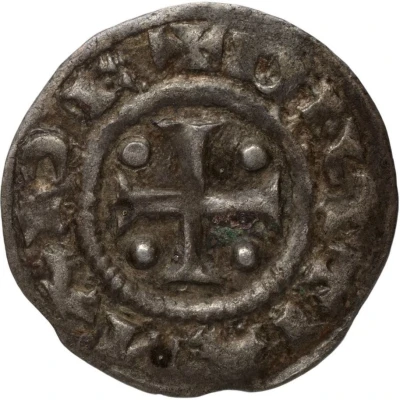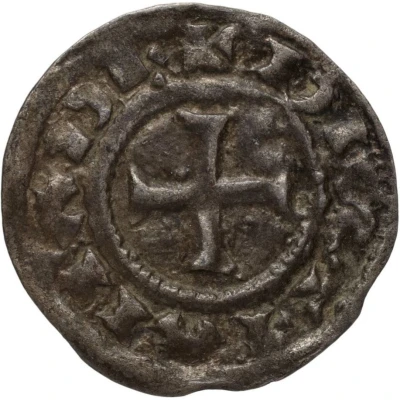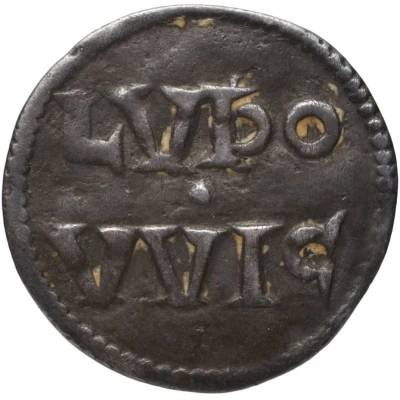
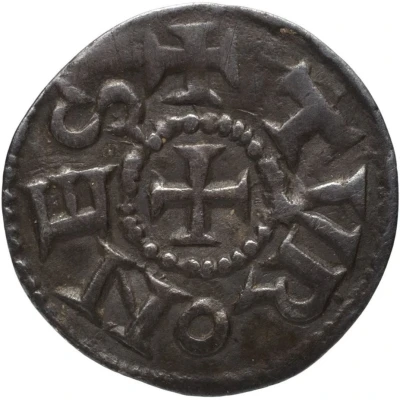

© Bibliothèque nationale de France / Gallica
Obol - Louis I Tours
| Silver | 0.85 g | - |
| Issuer | Unified Carolingian Empire |
|---|---|
| Emperor | Louis the Pious (Hludovicus) (814-840) |
| Type | Standard circulation coin |
| Years | 818-823 |
| Value | 1 Obol (1⁄480) |
| Currency | Pound (751-843) |
| Composition | Silver |
| Weight | 0.85 g |
| Shape | Round (irregular) |
| Technique | Hammered |
| Orientation | Variable alignment ↺ |
| Demonetized | Yes |
| Updated | 2024-10-09 |
| Numista | N#343559 |
|---|---|
| Rarity index | 100% |
Reverse
Cross in a beaded circle, legend around.
Script: Latin
Lettering: ✠ TVRONES
Translation: Tours.
Interesting fact
The Obol - Louis I (Tours) (818-823) coin from the Unified Carolingian Empire is interesting because it was used as a form of currency during a time of significant cultural and economic change in Europe. The coin was issued during the reign of Louis the Pious, who was the son of Charlemagne and succeeded him as the Holy Roman Emperor. This period saw the rise of feudalism, the development of the Carolingian Renaissance, and the expansion of trade and commerce across Europe. The coin's silver content and small weight made it a practical and portable form of currency for everyday transactions, and its design featuring the image of the emperor and the imperial eagle symbolized the power and authority of the Carolingian Empire.
